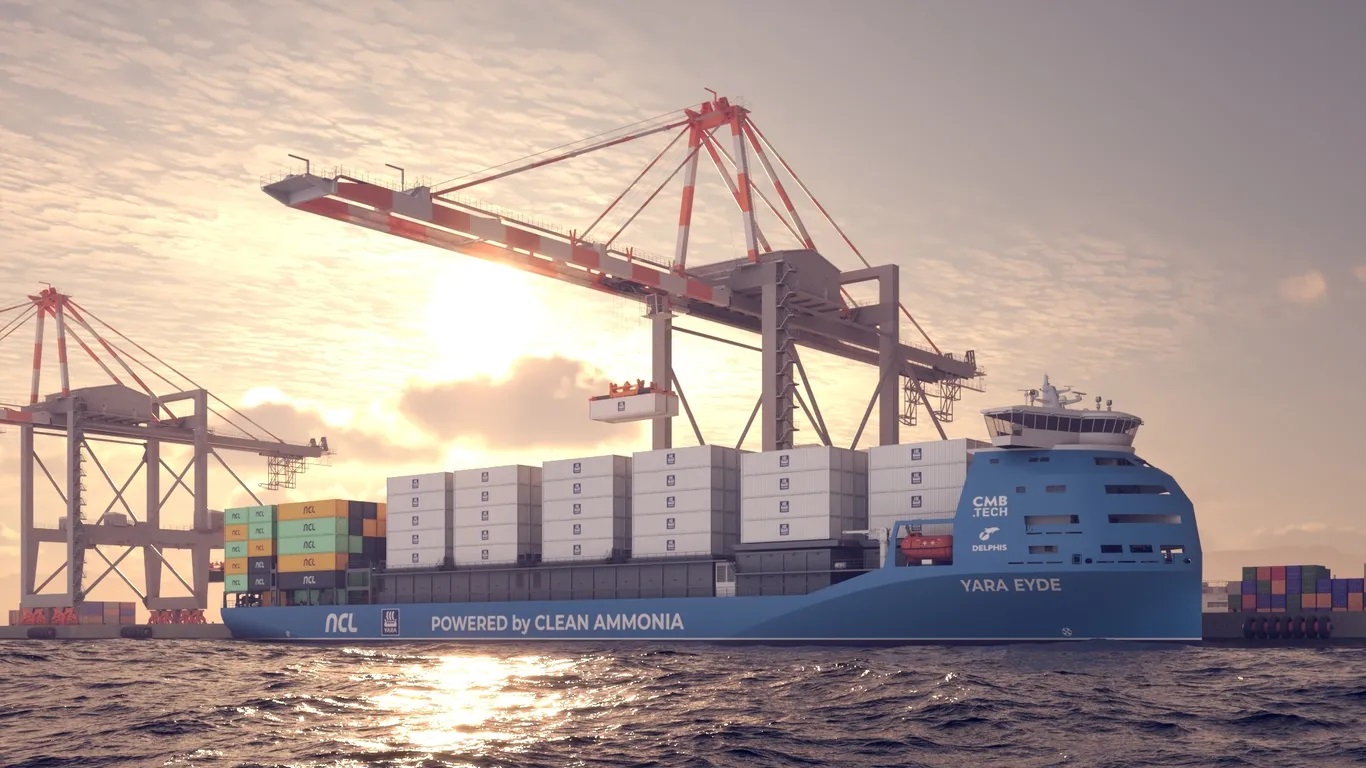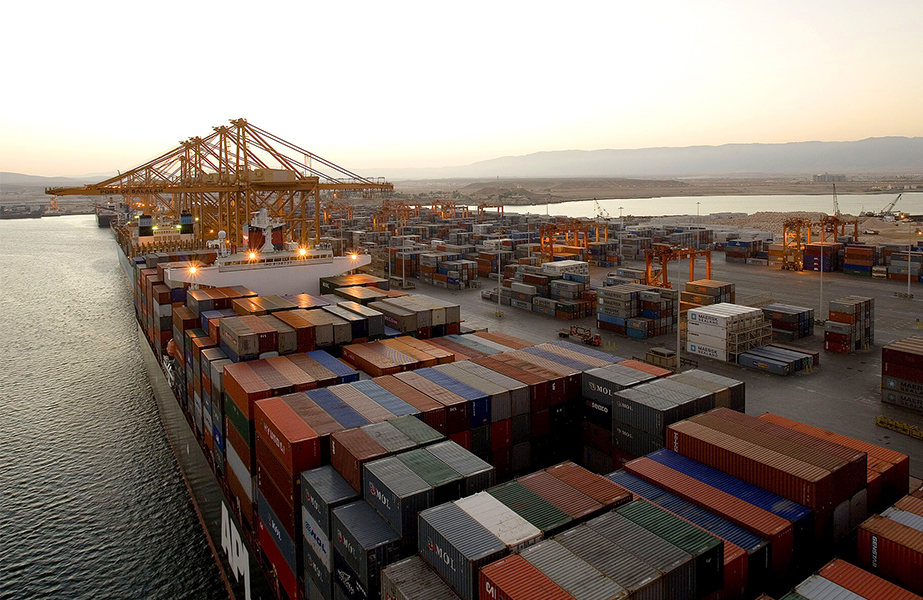Alternative fuels such as LNG, methanol and ammonia have short-term residence on the water following a spill, which means established oil pollution clean-up measures will be inappropriate, such as the use of boom and skimmers.
The global shipping industry is on a transition journey for net zero by 2050, and to meet this crucial target, shipowners are weaning their vessels off fossil fuels to alternative fuels – low- and zero-carbon fuels for decarbonization.
As the industry adopts alternative fuels like LNG, methanol, biofuels, ammonia, and hydrogen for greener shipping, SeaNews is trying to look at the impact and risk of these low- and zero-carbon fuels, in comparison to traditional oil spills like diesel. It’s important for the industry to establish safe operations and proper emergency response procedures to minimize the environmental and health impacts of spills and accidental release of such new fuels.
I reached out to Andrew Le Masurier, Senior Technical Adviser at ITOPF, to understand the difference, the risks and challenges, mitigation, and strategies:
Are there any differences in responding to releases of alternative fuels in comparison to traditional oil spills?
The marine spill response industry, when dealing with alternative fuels, is expected to see quite a large shift from protracted shoreline clean-up operations spanning large areas, which are typical for oil spills, to short-term localised events whereby the main approach may be to simply monitor and evaluate the risks to receptors.
One similar alternative fuel to traditional fuel oil is biofuels (e.g. FAME and HVO), as both substances behave similarly when spilled, as they are likely to persist and float, forming slicks on the water surface. These substances can be recovered using conventional techniques, such as boom, skimmers, scoops, or nets, in a similar fashion to traditional oil spills.
However, other alternative fuels such as LNG, methanol, and ammonia have short-term residence on the water following a spill, which means established oil pollution clean-up measures will be inappropriate, such as the use of boom and skimmers. These substances will not be recoverable, and therefore allowing natural attenuation to occur is the only appropriate clean-up option. The main focus following a release of these fuels is likely to comprise the following:
Monitoring and evaluation, which could include the use of expert atmospheric plume models, multi-gas monitors, and sensors mounted possibly on UAVs to evaluate the presence of flammable or toxic vapour/air mixtures and to allow for delimitation of exclusion zones
Preventative measures and controlled release, involving stopping the leak (without posing risk to life) and mitigating against fire, preventing further releases, and reducing the risks to sensitivities
Where possible, Bunker removal may be needed to reduce the risk to nearby receptors, perhaps via ship-to-ship transfers.
Although clean-up and preventive measures will be significantly different from oil spills, measures may still be possible to mitigate against risks associated with an alternative fuel spill.
Given the unique properties and behaviour of these fuels in the marine environment and the response challenges they pose, what can be done to prepare for spills of these substances?
Significant steps are required by multiple stakeholders and plans established and practised in order to be ready in the event of a spill of these volatile substances. It is likely that a response to a significant incident involving these fuels, in most instances, would not be solely undertaken by government agencies but would require the assistance of technical experts, private organisations, and the wider response industry. As a result of this, preparedness and efficient communication between these parties will be essential in promoting an effective response, with a particular emphasis on health and safety aspects such as monitoring, PPE, and decontamination.
In order for ports, regions, and nations to develop effective contingency plans, the plan should be based upon a robust risk assessment that is created with the cooperation of multiple relevant stakeholders. Effective contingency plans would typically include:
Fate and trajectory models showing the likely direction and distance of any vapour plume
Mapping of sensitive environmental and economic receptors
A requirement for UAV/ROVs attached with sensors to be readily available to monitor vapour concentrations in the atmosphere
A requirement for suitable PPE and HAZMAT equipment to be readily accessible
A requirement for regular spill training workshops with all operators
Regular training for all responders is paramount to reduce the risks posed by these fuels. In order to work together as a coherent unit, all responders need to understand the contingency plan in place and the roles and responsibilities of themselves and others in implementing the plan effectively. Clear communication channels during these training workshops and exercises will facilitate rapid information exchange in the future.
What are the primary risks associated with alternative fuels like ammonia, LNG, methanol, or hydrogen compared to traditional fuel oils?
Unlike large spills of traditional hydrocarbons, the environmental risks associated with spills of alternative fuels, except biofuels, are likely to be localised to the incident location and short-lived due to their volatility. Rather than the smothering of surface-dwelling animals over a relatively large area as seen in oil spills over the years, risks could arise from localised temperature reductions caused by cryogenic fuels such as LNG and hydrogen. Other environmental risks could be localised increases of seawater pH or increased algal bloom generation in close proximity to the vessel in the event of a large ammonia spill.
However, the most significant risks from alternative fuels are related to human health impacts and loss of life through exposure to toxic atmospheres, cryogenic conditions, and/or flammable conditions leading to fires/explosions. This not only impacts crews but can affect nearby populations with a risk of long-term health impacts, if not loss of life. In any case, if the local population receives notification of a release and is ordered to shelter in place or evacuate, a large volume of health-related claims and general health monitoring of the general population would be expected for a significant period.
Risks to property damage can also differ significantly from oil pollution cases, with associated costs possibly being significantly higher. As several alternative fuels are flammable and can lead to fire/explosion, the potential impact on nearby properties (e.g., nearby vessels, port structures, buildings, aquaculture facilities) may be significant. These might require outright replacement of these assets if destroyed in comparison to the cleaning of vessel hulls and buildings that have been oiled. In addition to the risk of large property damage claims, an exclusion zone might be established to limit this damage. However, if an exclusion zone were to cause the closure of a shipping lane or port, the potential demurrage costs may be significant.
What are the potential implications of compensation, given that international conventions, such as the Civil Liability Convention, Bunkers Convention, and HNS Convention, may not fully address the risks of these fuels?
The international compensation regimes serve to provide financial compensation for those who suffer damage from pollution incidents, primarily oil pollution incidents. The Civil Liability and Fund Conventions apply only to persistent oils carried as cargo, with the Bunkers Convention pertaining only to “mineral oil” as bunkers. The 2010 HNS Convention is the only international framework addressing spills of HNS, but it has yet to enter into force. Eight states of the required twelve have ratified the 2010 HNS Protocol. In addition, a total annual quantity of at least 40 million tonnes of contributing cargo would be required in order for the HNS Convention to come into force.
However, one limitation of the HNS Convention is that it only covers HNS carried “as cargo”, and therefore excludes HNS used as bunker fuel. As the majority of alternative fuels are classified as HNS when transported as cargo, there is a gap in coverage of the international pollution liability conventions. Therefore, the handling of the claim and the amount of compensation entitled to receive will vary depending on the jurisdiction in which the incident took place, subject to whether there was national legislation in force or the Convention on Limitation of Liability for Maritime Claims (LLMC) 1996.
This gap in the current international maritime regulatory framework leaves both shipowners and potential affected parties of alternative fuel spills without a clear mechanism to receive prompt compensation.
How is ITOPF evolving to support their members and associates who are transitioning to low- and zero-carbon fuels while maintaining its core mission of promoting effective spill response?
ITOPF was founded in 1968 to administer a voluntary pollution agreement following the first major supertanker spill, the TORREY CANYON. Over the past 57 years, we have adapted with the industry as technologies have developed, expanded our services to include non-tankers, and adjusted our scope and role on-site to best serve all parties affected by a ship-source spill. Over the past 20 years, we have established ourselves as a leader in providing technical advice to spills of cargo other than oil, such as HNS.
With the impending adoption of alternative fuels within the global fleet, this is another change to which we are in the process of adapting. To ensure we are ready to provide timely and accurate advice to members and associates, we set up an internal ‘new developments’ group in 2020 to research how these substances behave when spilled (including nuclear propulsion), how they interact with humans and the environment, what possible clean-up methods can be used and the potential damage and liability implications that may result. Aims of the group also included increasing awareness of these topics to government agencies and other stakeholders, as well as analysing the gaps that are present in HNS contingency planning and response.
This group has expanded in recent years and is now within a larger internal working group to reinforce our commitment to supporting our Members and Associates in their decarbonisation journey. ITOPF has dedicated extensive resources to the development of HNS resources and supports our stakeholders in their contingency planning journey. ITOPF is also part of multiple external working groups, namely the International Group of P&I Clubs Alternative Fuels Working Group.




